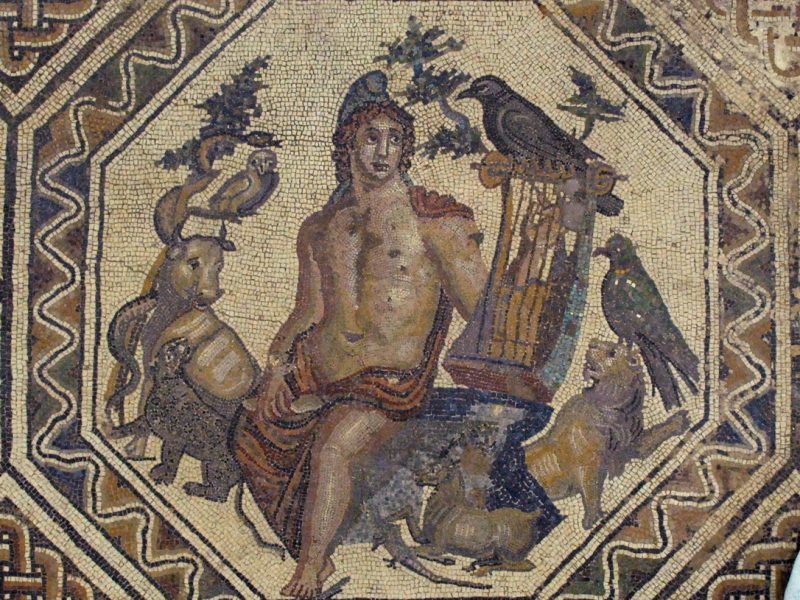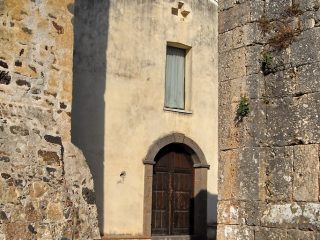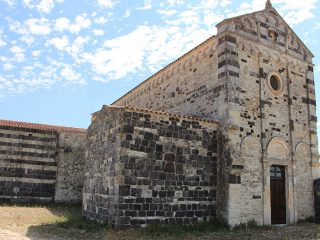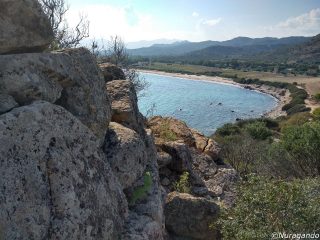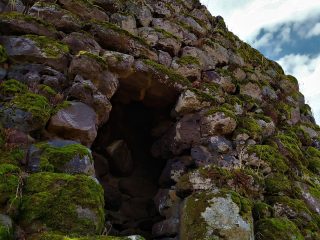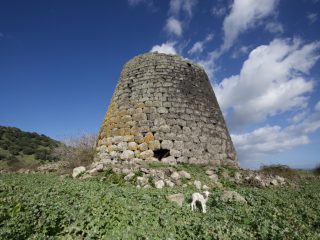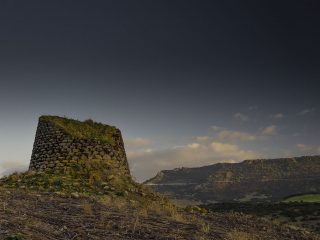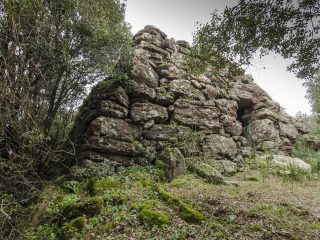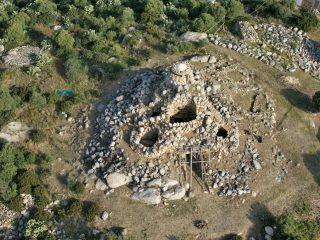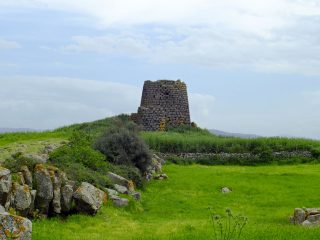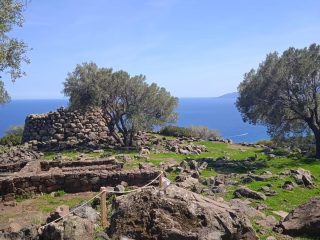The Antiquarium Turritano is located in the area of the Turris Libisonis Roman settlement, founded by Julius Caesar or Caesar Augustus, between 46 and 41 B.C.
The itinerary also covers the adjacent archaeological area that stretches as far as the incredible bridge built at the start of the 1 century A.D. The area preserves the monumental remains of the ancient settlement: Central thermal baths, Maetzke Thermal Baths, Pallotino Thermal Baths, the domus of Orfeo, the domus with marine mosaics and Pallotino’s peristyle. Important finds have come to light in the excavation area like the high-relief representing Cautopates, fragments of statues and inscribed slabs and clay and lead pipes used to conduct water.
The collection contains around 2,000 finds and includes different kinds of materials from modern-day excavations dating entirely from Roman times. From the earliest periods of the Roman Empire when the settlement was founded (I century B.C.), right up to the end of the V-VI centuries A.D., when the city fell into decline.
The Museum also houses the Paglietti archaeological collection, purchased by the Porto Torres Town Council in the 1980s. This collection includes around 300 pieces, that cover a chronological period stemming from the Nuragic era to the Late Antiquity era.
The idea at the base of the current layout, entirely renovated in 2019,is to tell the story of the area in the Asinara Gulf starting with the carefully selected material on display thanks to the assistance of an effective communication system.
Graphic devices, 3D multi-media tools produced by the University of Padua, as well as a series of in-depth documents that can be downloaded onto one’s own device using QR codes and found along the entire route, will give the visitor new opportunities for learning.


